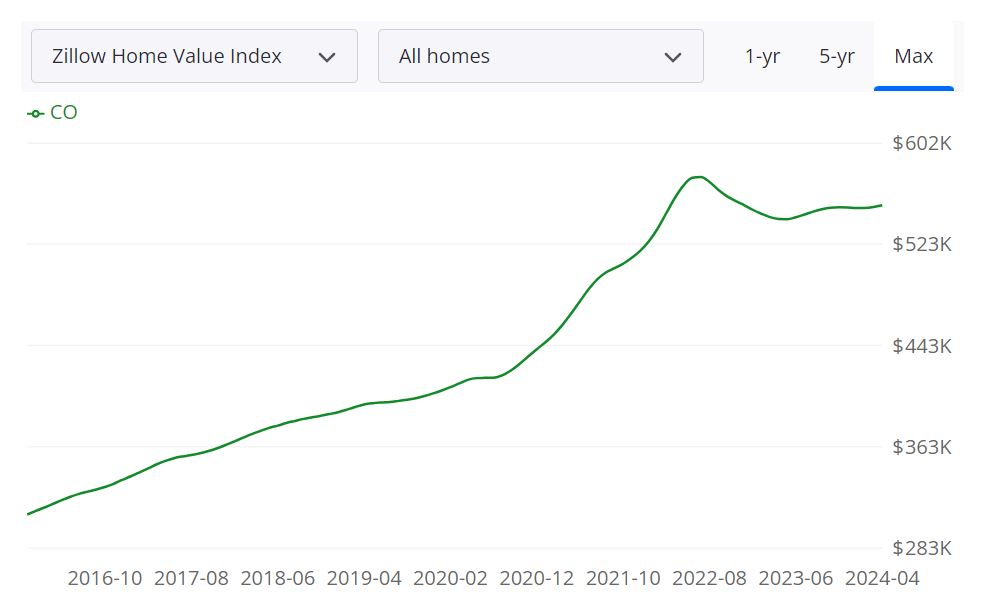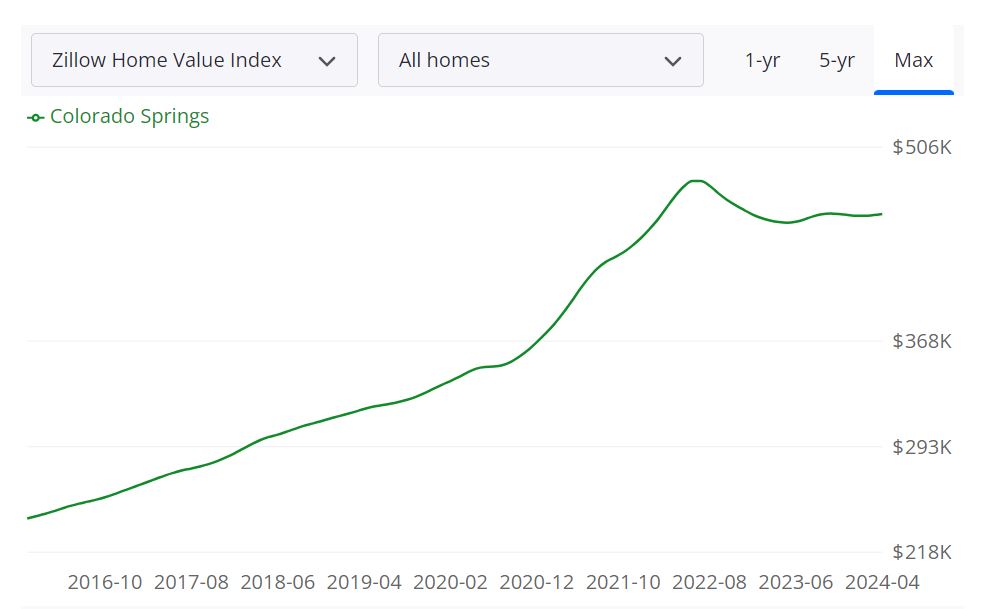As of September 17, 2024, mortgage rates are following a downward trend, which has many prospective homebuyers and homeowners considering their options.
With the recent announcements from the Federal Reserve and shifting market conditions, now is a prime time to dive deeper into what’s happening with mortgage rates and how they might affect your future plans.
Mortgage Rates Continue to Decrease as of September 17, 2024
Key Takeaways
- Current Trends: Mortgage rates have decreased across the board.
- 30-Year Fixed Rate: The national average is at 5.60%.
- Federal Reserve Meeting: Expected rate cut could lead to further reductions.
- Refinance Options: Today's refinance rates might be favorable for homeowners.
- Future Projections: If rates continue to decline, more buyers may enter the market.
Understanding Mortgage Rates
Mortgage rates are the interest rates lenders charge borrowers to finance their homes. They play a crucial role in the homebuying process, influencing how much homebuyers pay each month and how much house they can afford. The recent decrease in mortgage rates reflects broader economic trends and anticipations about the Federal Reserve's policies.
In a nutshell, when mortgage rates go down, borrowing becomes cheaper, allowing more people the opportunity to buy homes. Lower rates can mean saving thousands of dollars over the life of a mortgage, making it an attractive time for both first-time buyers and seasoned homeowners looking to refinance their existing loans.
Current Mortgage Rates
As of today, September 17, 2024, the latest data from Zillow indicates that the following mortgage rates are available:
- 30-Year Fixed: 5.60%
- 20-Year Fixed: 5.42%
- 15-Year Fixed: 4.90%
- 5/1 Adjustable Rate Mortgage (ARM): 5.90%
- 7/1 ARM: 5.99%
- 30-Year FHA (Federal Housing Administration): 4.66%
- 15-Year FHA: 4.25%
- 30-Year VA (Veterans Affairs): 5.06%
- 15-Year VA: 4.79%
These figures represent national averages and are rounded to the nearest hundredth. Are you surprised by how low they are?
Mortgage Refinance Rates Today
For those who already own a home, refinancing their mortgage could also present significant savings. According to Zillow’s data, here are the current mortgage refinance rates:
- 30-Year Fixed: 5.58%
- 20-Year Fixed: 5.32%
- 15-Year Fixed: 4.77%
- 5/1 ARM: 5.93%
- 30-Year VA: 5.03%
Notably, refinance rates are generally higher than purchase rates, but these current numbers indicate a competitive market, making refinancing an appealing option for many homeowners today.
Anticipating the Federal Reserve's Move
One of the driving forces behind today's mortgage rates is the upcoming Federal Reserve meeting. This meeting, expected to take place tomorrow, is anticipated to yield the first cut to the federal funds rate since 2020. Analysts are speculating whether the Fed will cut the rate by 25 basis points or a more significant 50 basis points.
If the Fed opts for a 25 basis points cut, it might not immediately result in new mortgage rate drops, as much of the decrease has already been reflected in current rates. Conversely, a 50-basis-point cut could lead to more noticeable decreases in mortgage rates, enticing even more buyers into the housing market.
It’s worth considering that if the Federal Reserve indicates a second rate cut could follow in the near future, this anticipation alone can influence future mortgage rates even further. Many buyers look for trends, and a significant rate cut could spur a rush of home purchases.
What This Means for Homebuyers and Homeowners
As mortgage rates decrease, the level of demand in the housing sector often increases. More buyers may consider purchasing homes or refinancing their existing mortgages to take advantage of the lower rates. Lower borrowing costs can lead to higher home values as competition for limited properties rises.
Many experts believe that now might be one of the best times to enter the market, whether you are a first-time buyer or an existing homeowner looking to refinance. The prospect of reducing monthly payments or lowering the overall cost of the mortgage can significantly influence financial planning for families and individuals alike.
In addition to the current low mortgage rates, other factors such as local home prices and buyer preferences can also impact purchasing decisions. Today's buyers should consider how mortgage rates interact with their overall budget. For example, if you lock in a low rate, you might be able to afford a larger mortgage—or a home in a preferred neighborhood—than you could with higher rates.
The Broader Economic Picture
The decrease in mortgage rates is not an isolated economic event. It’s part of a larger picture that includes inflation rates, economic growth, and consumer sentiment. Understanding how these factors interrelate can provide valuable insights into mortgage rates’ movements.
Over the past months, we've seen fluctuations in inflation rates, leading many to question whether the Federal Reserve's monetary policies are effectively managing economic growth without leading to uncontrolled inflation. The ongoing adjustments in interest rates reflect the Fed's balancing act between fostering economic growth and controlling inflation.
Buying a home or refinancing a mortgage is a significant decision, and the evolving economic landscape can greatly influence these choices. Keeping an eye on such changes prepares buyers and homeowners to make informed decisions.
Looking Ahead
With national mortgage rates—like the 30-year fixed rate at 5.60% and the 15-year fixed at 4.90%—these lower numbers have the potential to shape the real estate market significantly as we move further into 2024. If you combine that with the possibility of additional Federal Reserve rate cuts later this year, we might be on the brink of a truly unique period for homebuying.
Moreover, the continued presence of low-interest rates could potentially rejuvenate the housing market, allowing more individuals to explore their options in finding their dream home. When decisions about where to live are influenced by financial considerations, the implications for families and communities can be profound.
In conclusion, as mortgage rates continue to decline, the real estate market stands at a crossroads. As buyers consider their options, the next few months could reveal exciting opportunities and trends.
Also Read:
- Mortgage Interest Rate Predictions After Powell's Jackson Hole Speech
- Will Mortgage Rates Ever Be 3% Again: Future Outlook
- Mortgage Rates Predictions for Next 2 Years
- Mortgage Rate Predictions for Next 5 Years
- Mortgage Rate Predictions for 2025: Expert Forecast
- Prediction: Interest Rates Falling Below 6% Will Explode the Housing Market
- Mortgage Rate Predictions: Why 2% and 3% Rates are Out of Reach
- How Lower Mortgage Rates Can Save You Thousands?
- How to Get a Low Mortgage Interest Rate?
- Will Mortgage Rates Ever Be 4% Again?
- What Will Mortgage Rates Be in 2026: Latest Predictions
- What Will Mortgage Rates Be in 2027?













